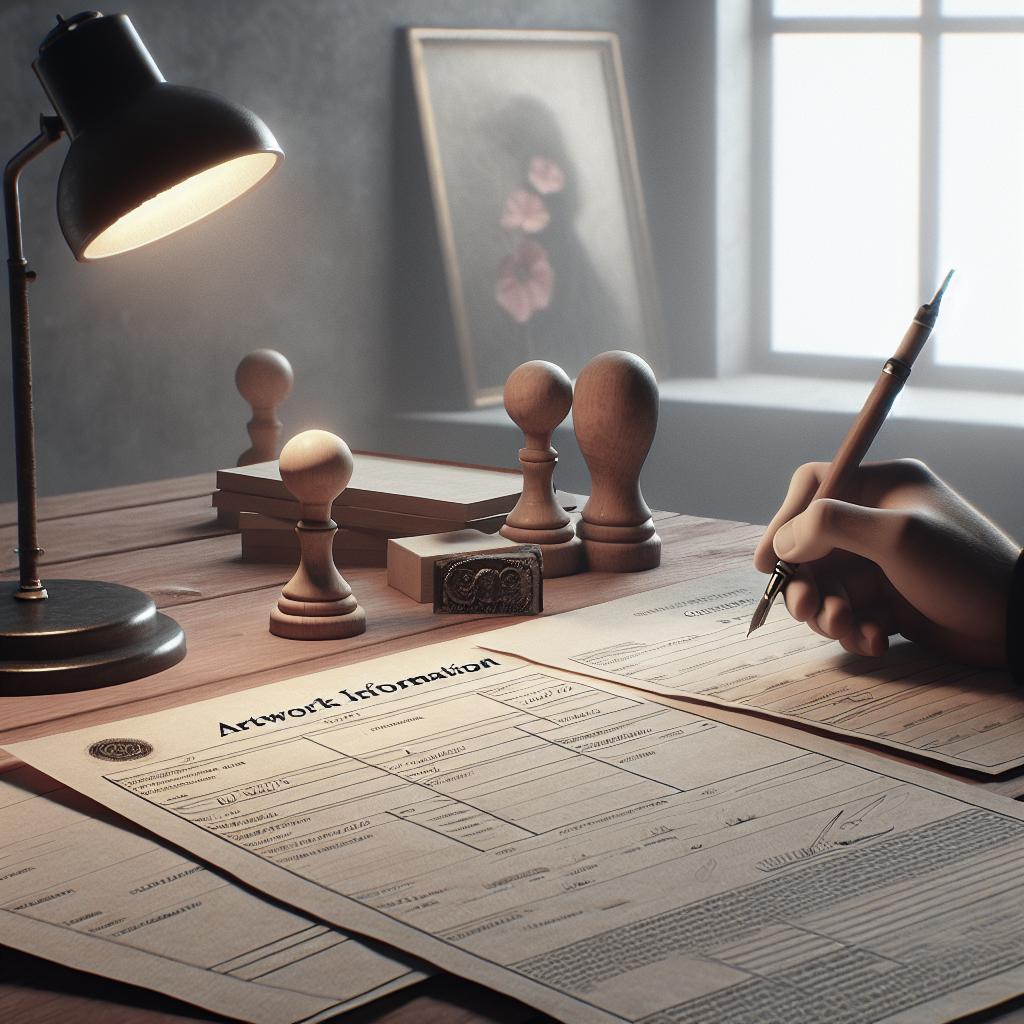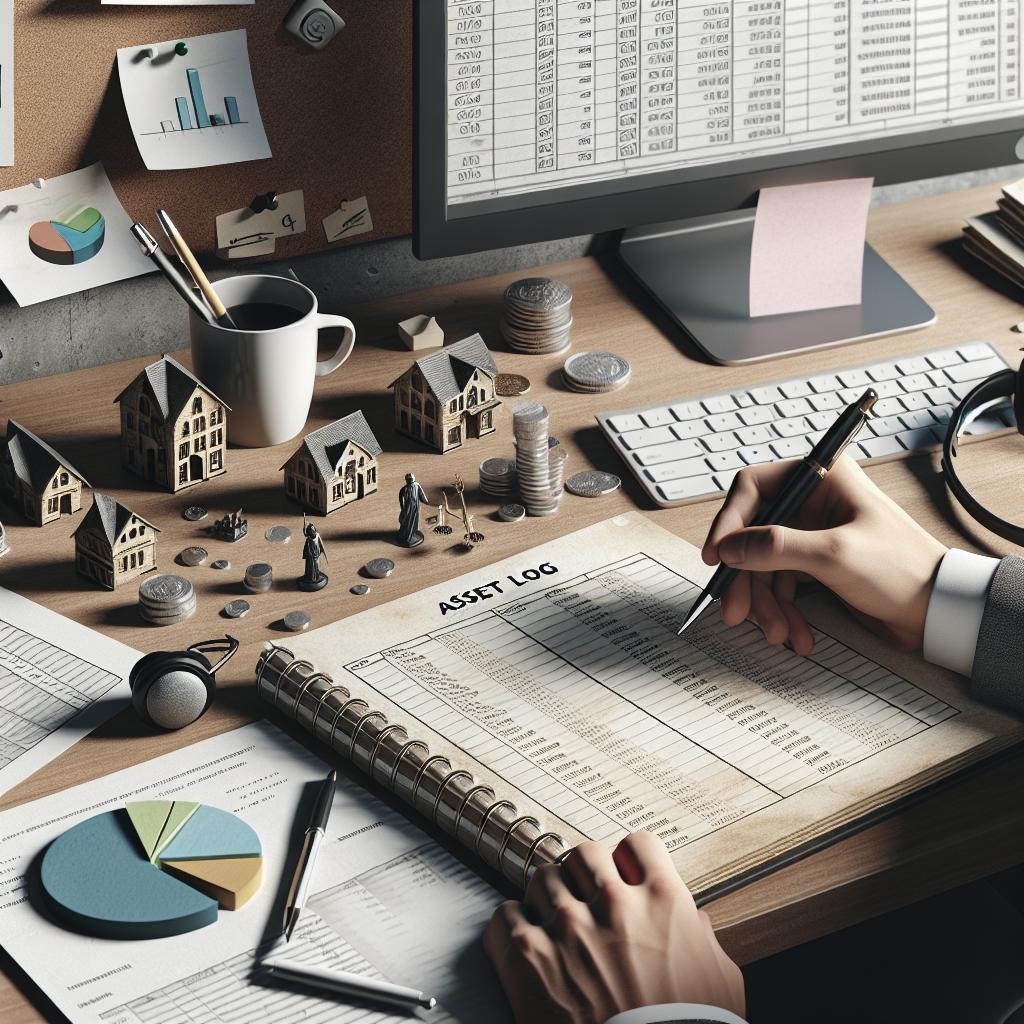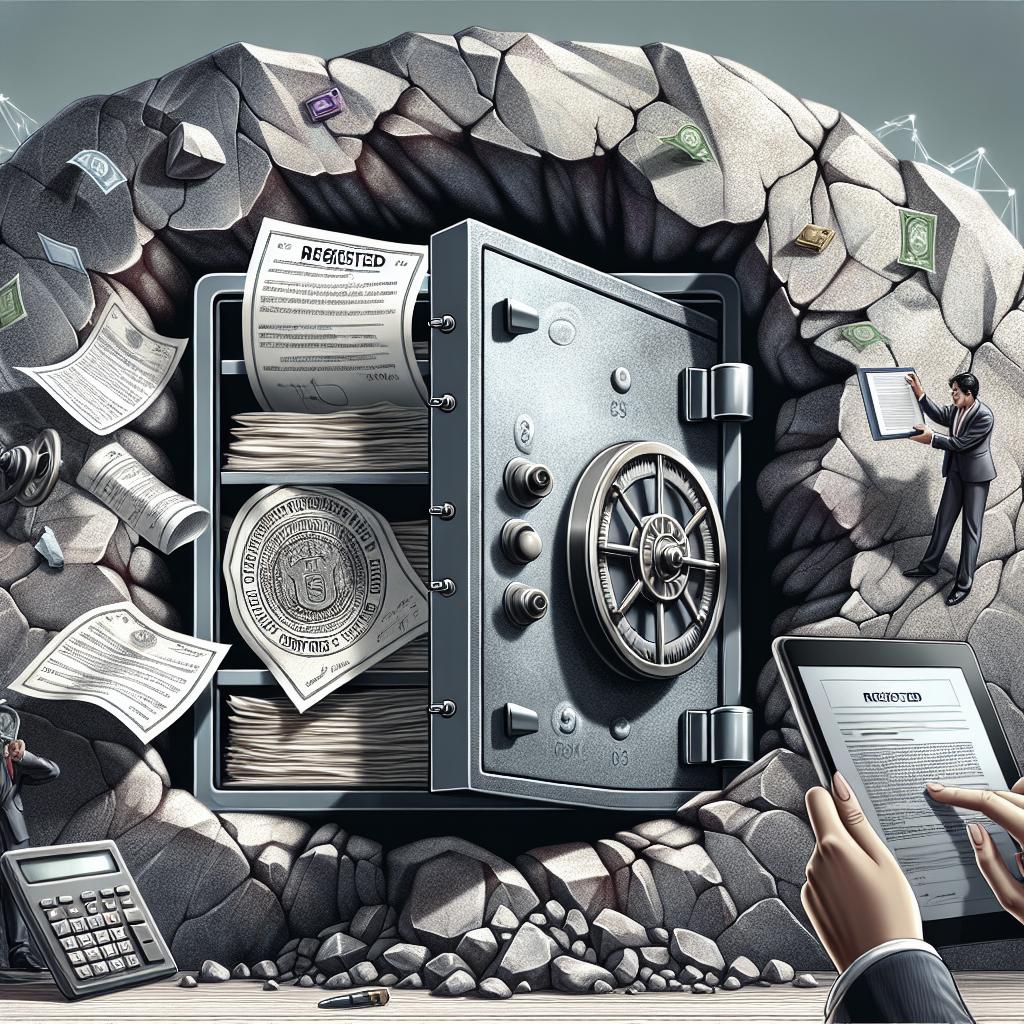<>
In an increasingly digital and interconnected world, protecting your creative work has never been more important. Copyright infringement is a significant issue that can affect artists both financially and professionally. This comprehensive guide will walk you through the essentials of copyrighting your art, the costs associated with it, and whether or not you should take that step. We’ll delve into practical measures you can take to safeguard your work, such as adding watermarks and controlling downloads, as well as specific strategies for protecting your art on social media platforms. By the end of this article, you’ll have a thorough understanding of what it takes to ensure your artwork remains yours and how to navigate the often complicated world of copyright law.
What is Copyright Infringement?
Copyright infringement occurs when someone uses a copyrighted work without the permission of the copyright holder. This unauthorized use can include copying, distributing, displaying, or performing the work. For artists, this can mean that your artwork is reproduced, sold, or utilized without your consent, potentially causing financial loss and damage to your reputation. The growth of digital platforms has made it easier for infringers to access and misuse creative works. An image you post online could be downloaded and used by multiple parties without your knowledge. As an artist, it’s crucial to understand what constitutes copyright infringement to take the necessary steps to protect your intellectual property.
How to Copyright Art
Sign Your Name
One of the simplest yet effective ways to assert your copyright over a piece of artwork is to sign your name. This acts as a clear claim of ownership and can deter potential infringers from using your work without permission. Place your signature in a visible but non-obstructive part of the artwork so that it can’t easily be cropped or edited out. Many artists also include the date beside their signature. This can serve as another layer of protection, establishing a timeline of when the work was created. Always use a consistent signature style for all your artworks, making it easily recognizable and linked to you.
Register Your Artwork
While simply creating a piece of art automatically gives you copyright protection under the law, officially registering your artwork provides additional legal benefits. In the United States, for example, you can register your art with the U.S. Copyright Office. This gives you the ability to sue infringers for statutory damages and attorney fees. To register your artwork, you’ll need to fill out an application form, submit a copy of your work, and pay a registration fee. The process can be done online, making it relatively straightforward. Having your work officially registered can greatly enhance your ability to enforce your copyright if necessary.
Maintain Digital Records
Keeping digital records of your artwork is another crucial step in protecting your intellectual property. These records should include high-resolution images of the artwork, the date of creation, and any other pertinent details like sketches or drafts. This can serve as evidence in case you need to prove ownership. You might also want to use software that timestamps your digital files. This adds another layer of security by verifying the date and time the artwork was created. Ensure that you back up these files in multiple locations to guard against data loss.
How Much Does It Cost to Copyright Art?
The cost of copyrighting art can vary depending on the route you take. In the United States, for example, the U.S. Copyright Office charges anywhere from $35 to $85 for online registrations, depending on the type of work and the number of authors. The cost for a paper application is somewhat higher, usually around $125. While these costs might seem like a significant investment, especially for emerging artists, the protection and peace of mind it offers can be well worth it. The cost can also be seen as a small price to pay compared to potential legal fees and financial losses from copyright infringement. It’s crucial to consider these fees as part of the cost of doing business as an artist. Budgeting for copyright registration can be a proactive way to protect your art and ensure that you retain control over its use and distribution.
Should You Copyright Your Art?
Determining whether or not to copyright your art is a personal decision that depends on several factors. If you plan to sell, license, or otherwise commercially exploit your artwork, copyrighting offers substantial legal advantages. It provides a formal record of your ownership and gives you the right to take legal action against infringers. On the other hand, if you’re creating art mainly for personal enjoyment or informal sharing, the legal protections might not seem as critical. However, it’s always better to err on the side of caution. Even non-commercial work can be infringed upon, and having a copyright can save you hassle down the road. For those still unsure, consult a legal expert in intellectual property to weigh the pros and cons based on your specific circumstances. Legal advice can provide invaluable insights and help you make a more informed decision.
How to Protect Your Artwork
Don’t Allow Downloads
One straightforward way to protect your artwork is by disabling the download option on the platforms where you display your work. Most social media and portfolio websites offer settings that prevent users from downloading images directly from your page. This measure can significantly reduce the risk of unauthorized use. While this doesn’t make it impossible for someone to take a screenshot, it does add an extra layer of difficulty and can deter casual infringers. Always check the settings on every platform where you post your work to ensure that downloads are disabled.
Don’t Use High-Quality Images
Uploading lower resolution images of your artwork online can help protect your intellectual property. Low-resolution images are less likely to be used commercially or reproduced without your permission. They offer a way for you to showcase your work while minimizing the risk of high-quality copies being made. If someone is interested in purchasing or licensing your work, you can always provide them with a high-resolution version after ensuring that proper agreements are in place. This strategy balances the need to promote your art with the need to protect it.
Include Copyright Symbols
Clearly displaying copyright symbols on your artwork is another effective deterrent against unauthorized use. The symbol “©” along with your name and the year can signal to viewers that the work is protected and not for free use. Place it in a corner of the artwork where it doesn’t detract from the overall design but remains visible. Using a copyright notice isn’t legally required to enforce your rights, but it serves as a formal indication that you’re claiming ownership over the artwork. This small step can make a big difference in how others perceive and use your work.
Add Watermarks to Your Images
Watermarks are another effective way to protect your digital art. Adding a transparent watermark with your name or logo across the image can deter people from using it without your permission. While watermarks might slightly impact the viewing experience, they offer a strong layer of protection. There are various software tools available that make it easy to add watermarks to your images. Some even allow you to adjust the transparency and position to make the watermark less intrusive but still effective.
How to Copyright Your Artwork on Social Media
Social media platforms have become essential tools for artists to showcase and share their work. Yet, these platforms also pose risks when it comes to protecting your intellectual property. To copyright your artwork on social media, start by including a copyright notice in the description or as a watermark on the image itself. Additionally, familiarize yourself with the terms of service of each platform. Some social media sites have clauses that allow them to use your content in ways you might not expect. Knowing these terms can help you make informed decisions about what to post and how to protect it. You can also consider using the built-in features some platforms offer for reporting unauthorized use of your work. Regularly monitor how and where your artwork appears online to catch any infringements early.
What Next?
After taking the steps to copyright and protect your artwork, regularly review and update your strategies as needed. Laws and technological capabilities continually evolve, and staying informed can help you better safeguard your creative work. Make it a habit to periodically search for unauthorized uses of your work and enforce your rights when necessary. Building a strong network within the artistic community can also offer additional protection. Fellow artists can provide valuable advice, and collectively you can be more vigilant in spotting and reporting copyright infringements. Here is a summary of the key points discussed: “`
| Topic | Main Points |
|---|---|
| What is Copyright Infringement? | Unauthorized use of artwork, financial loss, and damage to reputation |
| How to Copyright Art | Sign your name, register with official bodies, maintain digital records |
| Cost to Copyright Art | Registration fees, budgeting for protection |
| Should You Copyright Your Art? | Commercial vs. personal use, legal benefits, consult experts |
| How to Protect Your Artwork | Disable downloads, use low-resolution images, add copyright symbols, include watermarks |
| Copyright on Social Media | Add notices, understand terms of service, use reporting features |
| What Next? | Regularly review strategies, stay informed, network with other artists |
“` By following these guidelines, you can confidently protect your artwork from unauthorized use and ensure that your creative efforts are recognized and respected.


